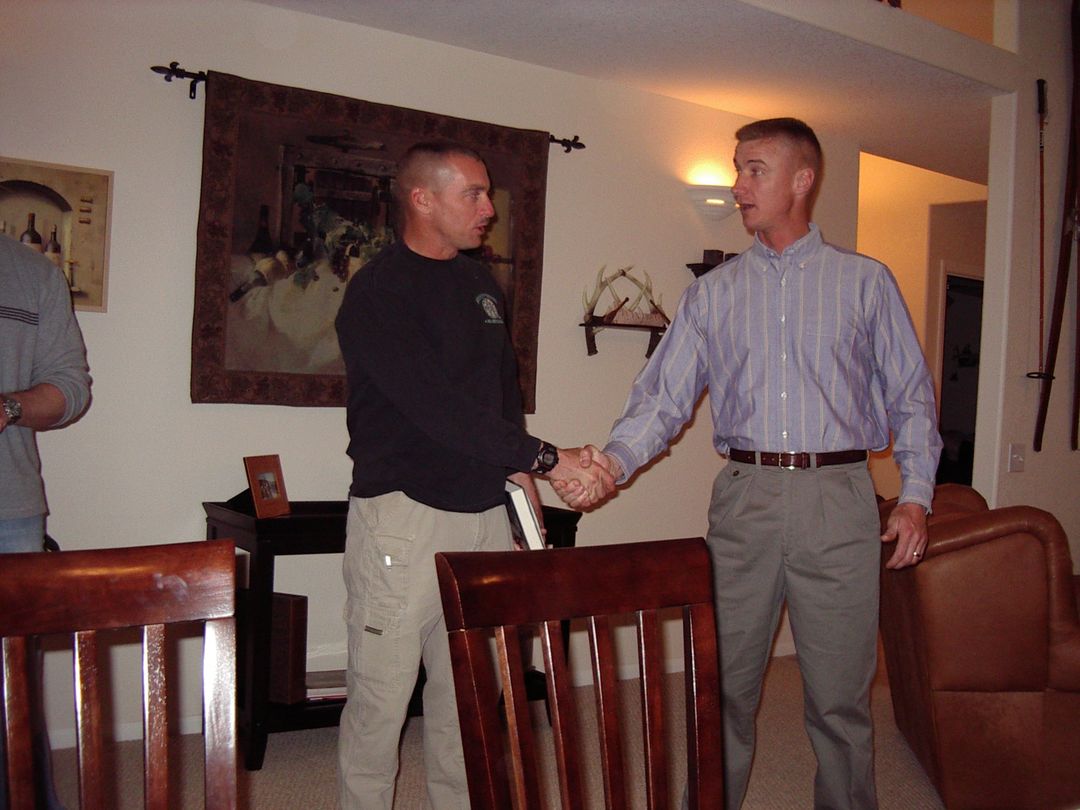Coyote Brown’s Little Book of Unorthodox Leadership
All true leaders understand the importance of their subordinates and their overall welfare. Leaders at all levels are expected to know their people and watch out for them. This means understanding each individual. So, these leaders are always watching out for their subordinates; as they should.
BUT
Who is watching the watchers?
In a chain of command, leadership travels from the top to the bottom of the command; and it should. But in the military or other stressful environments (law enforcement, Emergency Medical Services, firefighters, etc.), where psychology plays a role in their daily lives, we must watch out for our bosses too.
We look out for each other from the top to the bottom and bottom to the top. More than once, as a senior enlisted leader, I told my boss it was time to go home; they always listened and thanked me for looking out for them.
The moral of the story: Watch out for your people; above as below, because they are really next to you – not above or below. It is lonely at the top.
SF DKD
Photo: This was the last time I ever saw this great man; Major Alan Rowe (KIA 2004 Iraq). He was a former enlisted Marine at 1st Force Recon Company. I was his 1st Sgt in Animal Company 1/7 and we had created an amazing Raid Force in Iraq (TF Sadr – An Najaf) when was he was the S-3A. I loved this man like a brother. RIP Sir
Task Force Sadr (An Najaf, Iraq)
In early September of 2003, in the aftermath of the Holy Ali Imam Shrine/Mosque terrorist bombing, which killed Shiite Cleric, Ayatollah Mohammad Baqir Al-Hakim and almost 150 of his followers, our command realized that the rouge Shiite Cleric Sadr was going to want to retaliate against the Sunni’s. The Battalion S-3 asked me to train an assault force to take Sadr down, if needed. Yeh, he wanted me to train them, but I was not to be a part of the Task Force, they would go without me. I tried every angle, but the Battalion Commander refused to allow me on the assault force. Anyway, I went to the 5th Special Forces Group ODA (A-Team) that was on our Battalion’s compound and asked if they could help me train TF Sadr. They were too busy to help, but said I could have all the small arms ammo I wanted and the use of their range any time. We shot over 150,000 rounds in five days on the Special Forces small arms range. They had a range built right behind their building. The task force was made of about 60% Animal Company and 40% Baker Company Marines. The entire task Force was moved into the top of a building at the University. I (with GySgt Marshal and SSgt Peterson) began teaching Close Quarters Battle (CQB) marksmanship and tactics. We trained and lived together during the whole workup. I knew the Animal Company Marines would do well, but the Baker Company Marines were, surprisingly, outstanding too. The leaders in Baker Company hated me; the feelings were mutual. But, their Marines were outstanding warriors; when someone finally trained the correctly. We spent the first five days concentrating on shooting and then continued with tactics. SSgt Scott Peterson and GySgt Craig Marshall were the assault element leaders with Capt. Alan Rowe (KIA 2004) as the TF Commander. This became the greatest straight-leg-infantry Task Force I had ever witnessed. These Marines were absolutely amazing combat marksmen and they picked up on CQB tactics easily. They were prepared to Kill/Capture Sadr. We had three courses of action: (1) was terrible, (2) was bad, and (3) was just right. We trained hard and the Marines became highly proficient, but the hit never went down. We were told “we are going home, let the Spanish get him”. I have had many Marines from the Task Force contact me over the years, with many of them stating, “TF Sadr was the best training I ever received.” I was, and still am, very proud of the TF we created. I am sure most people, now, realize that if we had killed Sadr back in 2003, thousands of people might be alive today. Note: The Task Force Commander, Capt Alan Rowe was killed in action on the first day of his second tour in Iraq. He will be in my memory for the rest if my life. He was the greatest commander I had in 30 years of service. RIP Sir…….
Photo: TF Sadr An Najaf Iraq 2003
Follow our regular channel at Spotterup on YouTube
Follow our WEBSITE
Follow on Instagram
Follow on WeMe
Visit our STORE
*The views and opinions expressed on this website are solely those of the original authors and contributors. These views and opinions do not necessarily represent those of Spotter Up Magazine, the administrative staff, and/or any/all contributors to this site.

